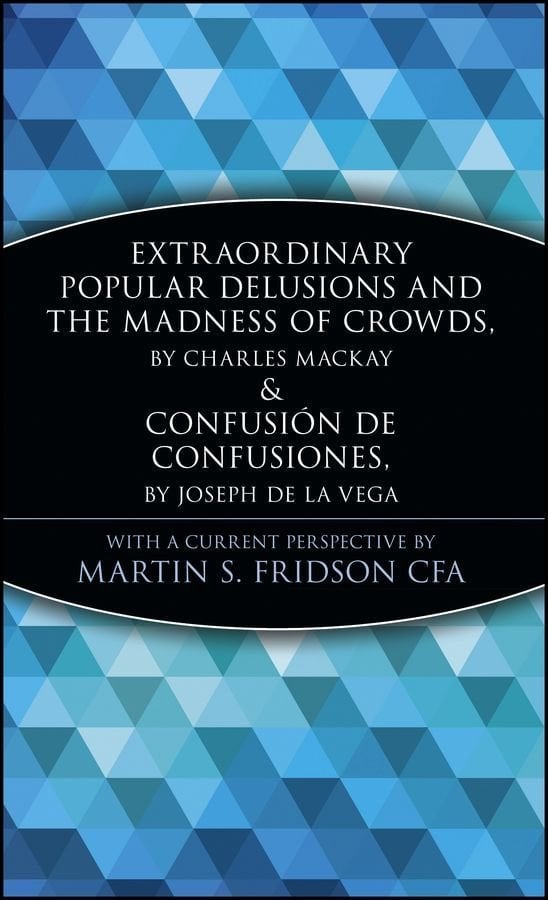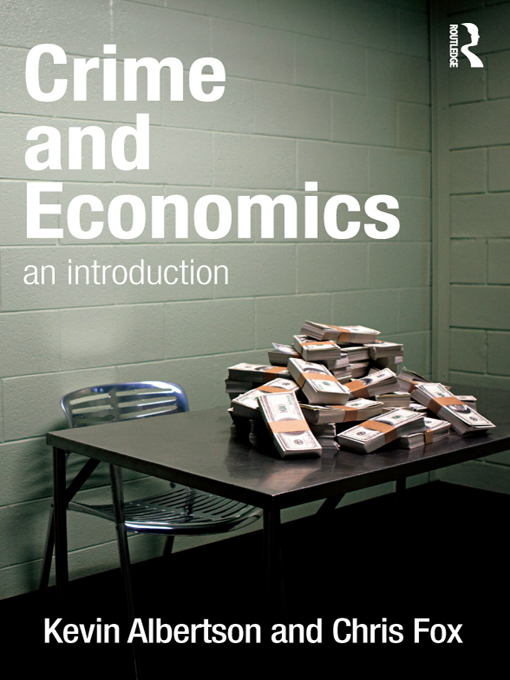This book attempts to explain what went wrong in California’s restructured energy markets and what must be done to restore California’s economy and build new electricity systems. The intention here is to reconcile the principles of competition and regulation. California had a severe electricity crisis for about thirteen months beginning in May of 2000. The economic consequences and political fallout that arose from this crisis persist. California’s economy continues to suffer and the state’s treasury is deeply in debt. The state’s three investor-owned utilities were nearly financially decimated. San Diego Gas & Electric has recovered to a greater degree than the other two only because its retail prices are about three times the national average and, for a time, well above the other two IOUs in California. Southern California Edison has recently been restored to investment grade and was granted a rate increase. Pacific Gas & Electric is emerging from bankruptcy. This book discusses all of this in greater detail. The problems and consequences arising from California’s ill-fated foray into electricity market restructuring could damage the state for years to come. Challenges of this nature are not new to the Golden State. In the past, as we explain here, pragmatic, not entrenched, approaches have worked best in California. If California is to relatively quickly restore its previous enviable economic vitality and recover from the damage done to tarnish its luster, pragmatic approaches must again be used.












